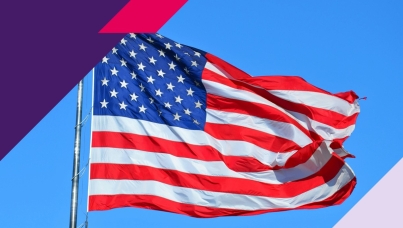Americans on strike
From autoworkers and Hollywood actors, Americans are on strike. The strikes have led to the shutdown of new Hollywood shows and production of new cars. The demands? Workers want to see a cut of the profits amid rocketing executive salaries.
Public support is a crucial component of a worker’s strike. So where do these striking workers lie in the minds of Americans?
Below are five charts on how Americans view unions, how they view the ongoing United Auto Workers’ strike, and how the omnipresent force of partisanship intertwines with the strikes.
- Declining participation in unions. Union membership has been on the decline since the 1980’s. Based on those numbers alone, fewer Americans are part of a union or know someone who is. How does this affect Americans’ perception of striking workers?
- Americans support the strike. Despite declining union membership, most Americans support the autoworkers’ strike and its demands, like a defined-benefit pension retirement plan and higher pay raises. Fewer support the demand for a 32-hour workweek, a demand that has reportedly stuttered in negotiations. But in general, the support is there.
- For them vs. for me. A majority believes labor unions have improved the quality of life for all working Americans, but fewer have personally seen any benefits from unions or would personally participate in a strike.
- Two Americas. Union strikes are predictably a partisan issue. Democrats mostly support the UAW strike, while just under half of Republicans feel the same. The level of support for the autoworkers’ strike also almost exactly mirrors support for the Hollywood writers’ and actor’s strike.
- Consequences in 2024? Democrats are generally seen as better for the working class American, while Republicans are seen as better for big business. But as President Joe Biden and former President Donald Trump jockey for clout among striking workers, will the Democrats’ strength turn into a weakness come 2024? Time will tell.
Union membership is in decline, even though most Americans think unions in general improves workers’ lives. One key reason may be that Americans don’t want to compromise their current financial status and think that participating in strikes and unions will do just that.
But most Americans do support both major strikes. If these strikes are successful, will we see more of them in the future? And what implications does this hold for Biden and Trump as both try to win over the working class? We will see.



